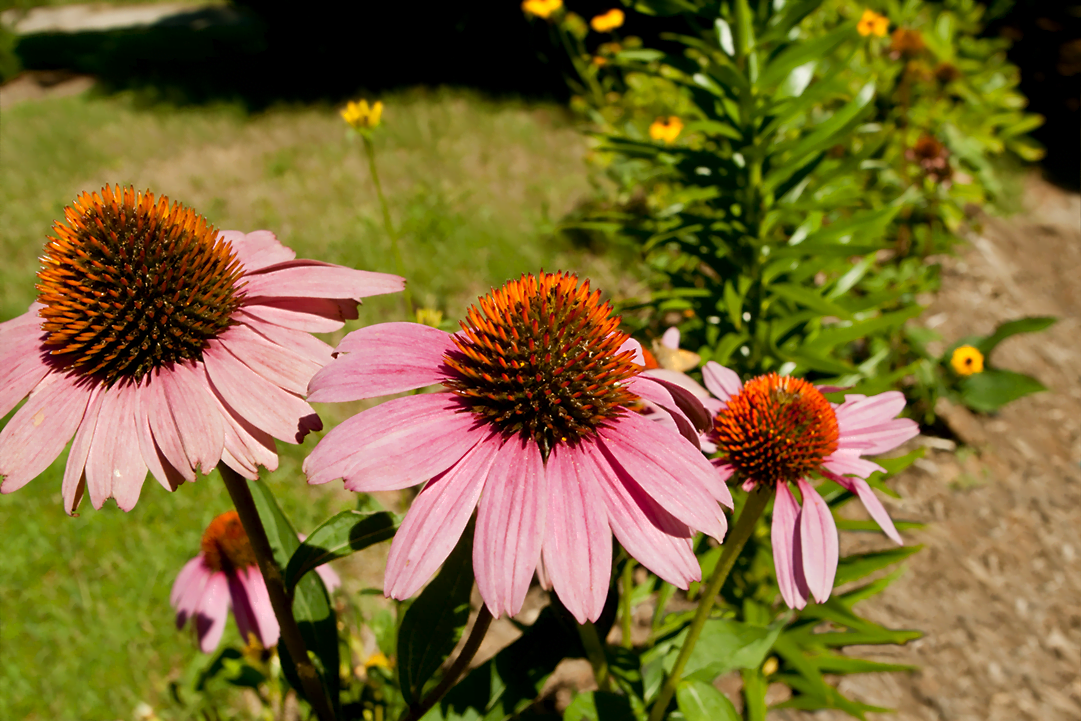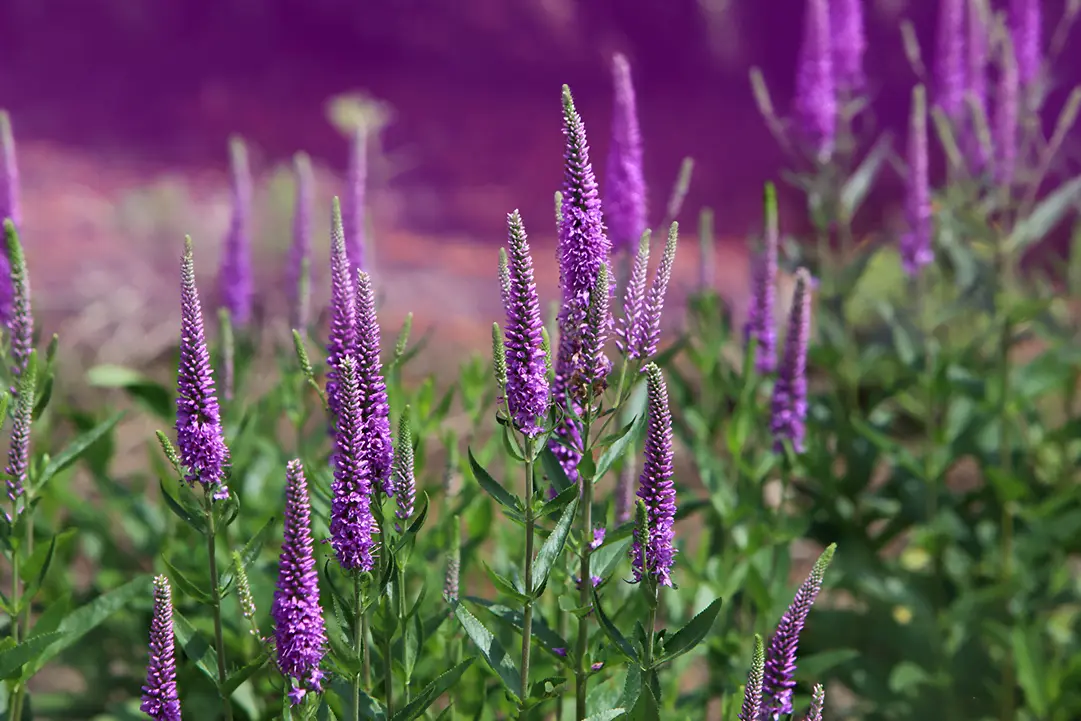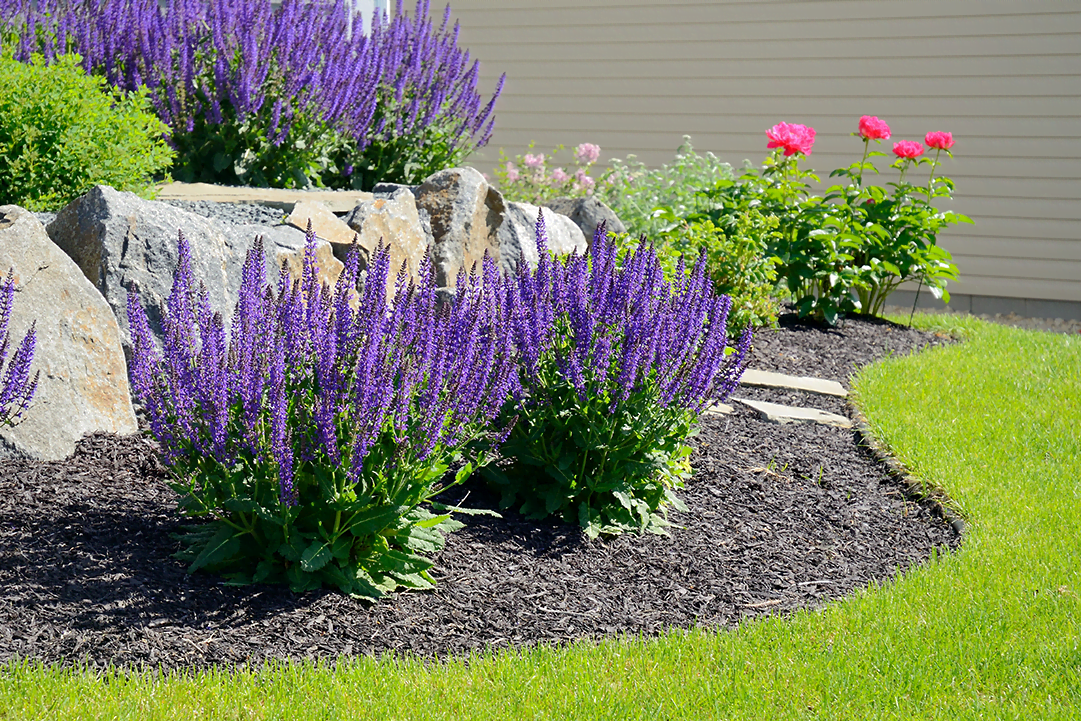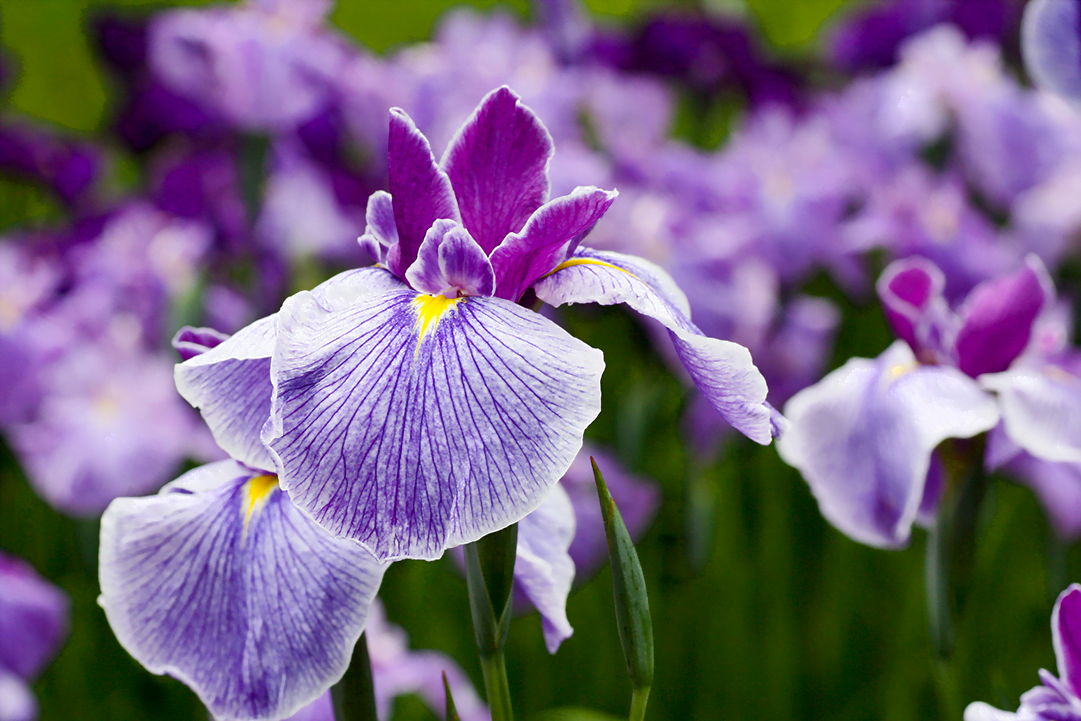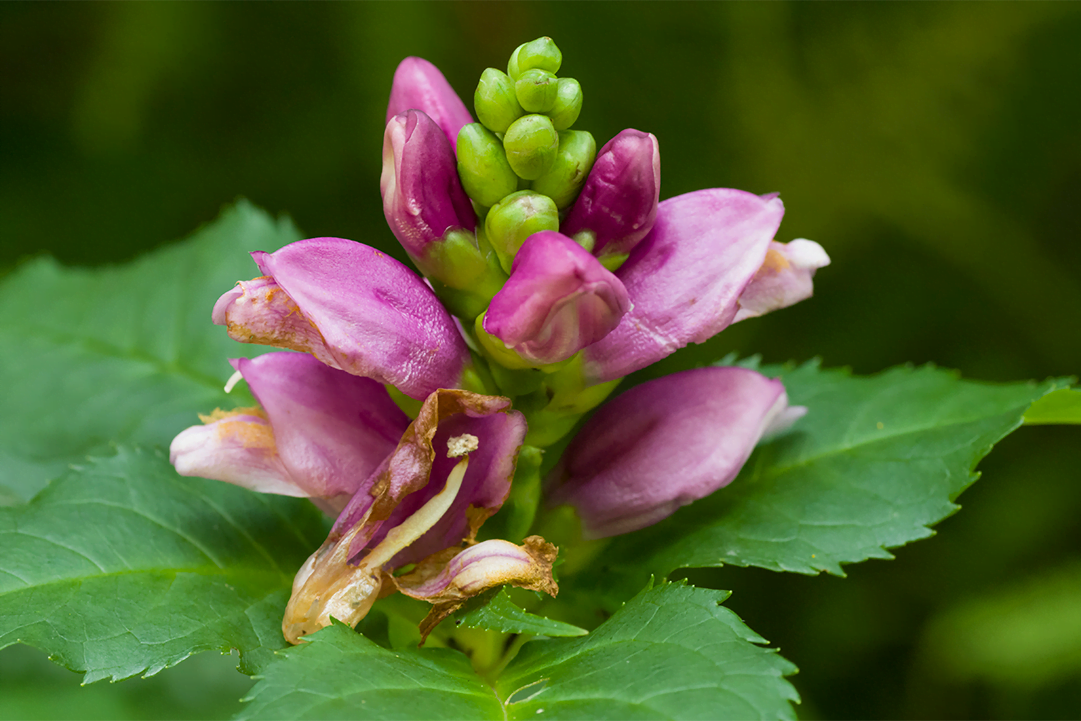A standout among coneflowers, Echinacea purpurea ‘Magnus’ delivers bold color, upright form, and long-lasting summer blooms that make it perfect for adding structure and pollinator activity to any New Jersey perennial bed. Its oversized, rose-pink petals radiate from a coppery-orange cone, creating a more horizontal bloom shape than traditional coneflowers and offering even greater visual impact. As a native cultivar, ‘Magnus’ thrives in the Mid-Atlantic climate and brings lasting performance without demanding care.
This perennial is remarkably hardy. It prefers full sun and well-drained soil but can tolerate light shade and a range of soil types, including clay. Once established, it’s highly drought-tolerant, making it an excellent candidate for low-maintenance gardens or mixed borders where watering might be inconsistent. Blooming from mid-summer into fall, ‘Magnus’ offers color and texture just as earlier perennials start to fade, while its sturdy stems stand up to wind and weather without flopping.
In the landscape, Echinacea ‘Magnus’ pairs well with ornamental grasses, black-eyed Susans, and other prairie-style or pollinator-friendly plants. It adds height and rhythm to layered beds, and its seed heads provide late-season interest, even after the blooms have passed.
Did You Know?
The name Echinacea comes from the Greek word “echinos,” meaning hedgehog—referring to the plant’s spiky central cone.
Fun Facts About Echinacea ‘Magnus’
- ‘Magnus’ is an award-winning cultivar, once named the Perennial Plant Association’s Plant of the Year.
- The flat-topped bloom shape makes it easier for butterflies and bees to land and feed.
- Seed heads persist through winter and provide food for finches and other songbirds.
- Unlike many coneflowers, ‘Magnus’ holds its color well into the fall season.
It’s a favorite for both formal borders and meadow-style plantings thanks to its height, color, and resilience
